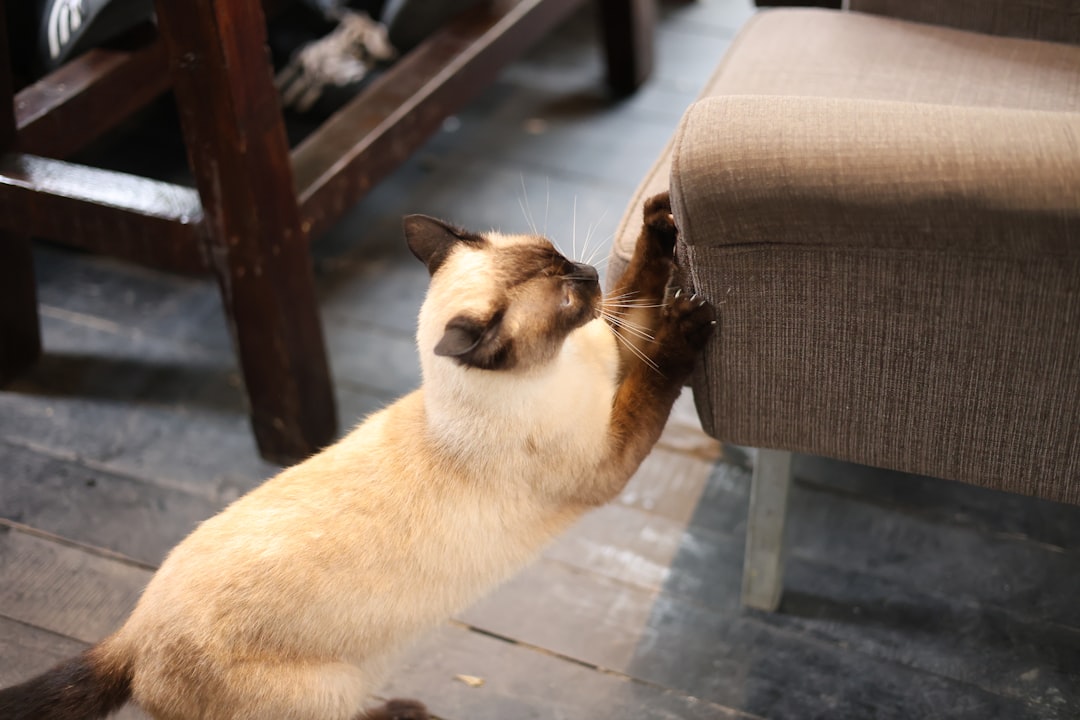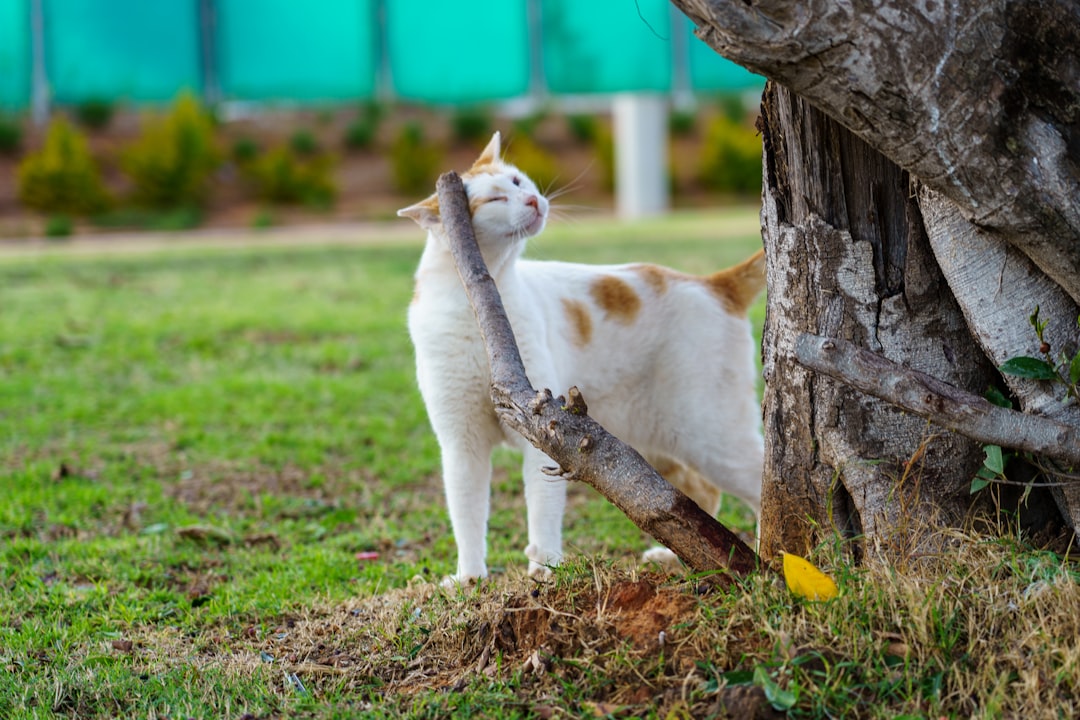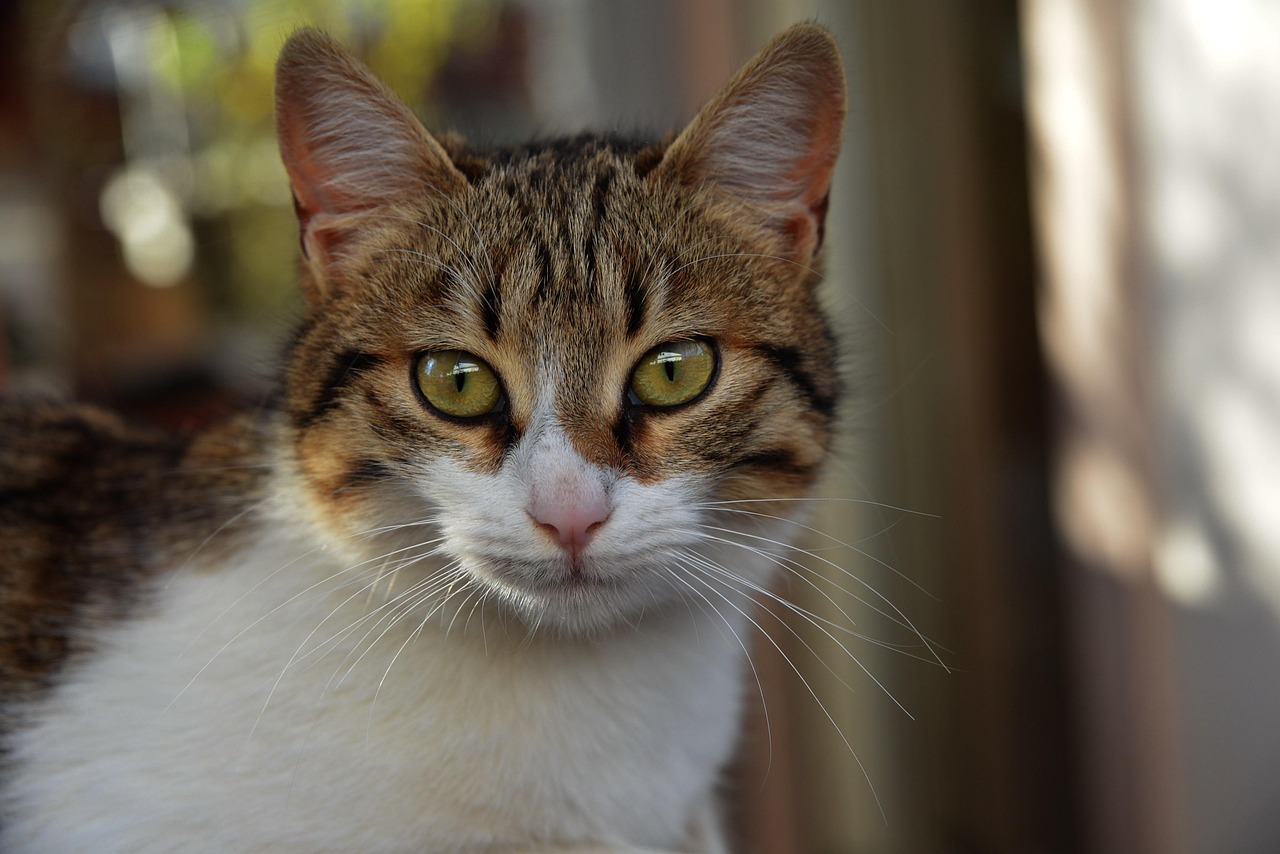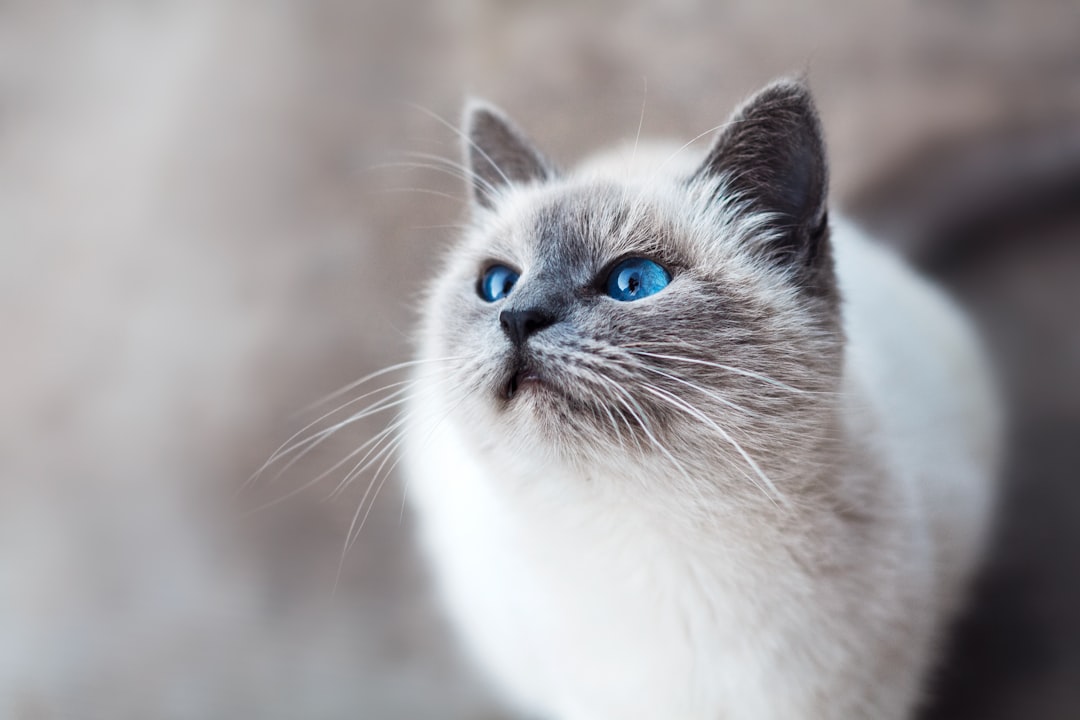Your feline friend might seem like a cuddly lap cat, but beneath that purring exterior lies an ancient territorial instinct that governs much of their daily behavior. Every single day, your cat is leaving invisible messages throughout your home that you probably never notice. These silent communications help establish boundaries, create comfort zones, and maintain social harmony in ways that might surprise you.
Understanding how isn’t just fascinating from a behavioral standpoint. It actually helps explain many of those quirky habits that might sometimes frustrate you as a pet owner. So let’s dive in and discover the sophisticated communication system your cat uses to claim their space.
Scent Marking Through Facial Rubbing and Head Bunting

When your cat headbutts you or rubs their cheek against your leg, they’re doing much more than seeking attention. Cats have scent glands on their cheeks, chin, top of their head, and base of their tail. These scent glands contain pheromones. When cats rub their face or tail against humans, other animals, or even household items, they are leaving these pheromones behind. This behavior, known as bunting, represents one of the most friendly and affectionate ways cats establish their territorial claims.
A social bonding behavior that kittens first learn to use with each other, head butting is when a cat bumps their head against a person, fellow feline or object and then rubs their cheek against whatever it is they’re touching as a way of distributing their scent and creating what is known as a scent colony. Think of it as your cat’s way of saying you belong to their inner circle. Though the scent of facial pheromones is undetectable to humans, bunting is a way for your cat to mark you and express that you belong to them, you’re their person and part of their social group.
Interestingly, the pheromones found in the cheek glands seem to have a calming effect on cats, so encouraging facial marking can be an effective treatment for spraying. This makes facial rubbing not just a territorial marker, but also a self-soothing behavior that helps cats feel secure in their environment.
Urine Spraying and Marking

Perhaps the most well-known and challenging territorial behavior for pet owners is urine marking. You might see your cat marking their territory by spraying. They will often stand up with their backs toward an object. Their tails will quiver and a spray of concentrated urine will be projected. This isn’t the same as regular urination; it’s a deliberate communication method with very specific purposes.
Experts believe that to minimize contact with other cats, thus enhancing their odds of survival. Male cats have a much higher concentration of hormones and pheromones in their urine than female cats. This is what accounts for the well-known “tom-cat smell.” The intensity and location of urine marking often depends on stress levels and territorial challenges from other cats in the area.
Urine marking is most common in intact (non-neutered) male cats. Castration or neutering changes the odor of the urine and may reduce the cat’s motivation for spraying, but approximately 10% of neutered males and 5% of spayed females will continue to spray. Even after spaying or neutering, cats may continue this behavior when feeling anxious or threatened by environmental changes.
Scratching as Visual and Scent Territory Marking

That expensive sofa your cat destroyed wasn’t just a random act of feline mischief. Although scratching does serve to shorten and condition the claws, other important reasons cats scratch are to mark their territory (both visibly and with the scent of the foot pads)… perhaps the most important reason cats scratch is to mark their territory (both visibly and with the scent of the foot pads). Your cat is leaving both visual claw marks and invisible scent messages from specialized glands in their paws.
They also have scent glands in their paws which they use when they scratch. Scratching is a really important cat behavior as it allows cats to deposit their scent and scratch marks act as a visual deterrent to other cats. The combination of visual and scent marking makes scratching one of the most effective territorial communication methods cats possess.
Scratching is usually directed at prominent objects such as tree trunks or fence posts. In your home, cats often choose furniture or walls in high-traffic areas where their territorial message will be most noticeable to other cats and household members. Because scratching is also a marking behavior, most cats prefer to use a post that is placed in a prominent location.
Strategic Body Rubbing and Side Marking

You’ve probably noticed your cat sliding along walls, furniture legs, or doorframes with their entire body. When felines encounter inanimate objects, they tend to rub their tails and sides on them. On people, as well as familiar dogs and cats, a cat might rub its face to deposit scent, which identifies those marked as belonging to a specific group. This behavior serves to create a comprehensive scent map of their territory.
When they’re not rolling on the floor, cats also scent mark by rubbing their bodies against surfaces as they walk. You might spot your cat walking alongside the garden wall leaning against it. This means they are marking their territory and making other cats aware that the garden belongs to them. The strategic placement of these scent marks helps establish clear territorial boundaries.
These glands can be found in your cat’s chin, lower ears, forehead, cheeks, tail, rear, back, and paw pads. Each location serves a different purpose in the complex territorial communication system, allowing cats to leave layered messages about ownership, emotional state, and social status throughout their environment.
Fecal Marking and Middening

While less common than other forms of marking, strategic fecal deposits represent one of the most assertive territorial claims cats can make. Feces contain scent and cats will often cover their feces to hide their scent and go unnoticed. However, if they’re trying to mark their territory and particularly if they’re feeling threatened, they may leave their feces uncovered around the borders of their territory as a warning to other cats.
Territorially dominant cats in an untamed population leave feces uncovered in conspicuous places, particularly along trails of good hunting areas. This behavior, called middening, typically occurs only when cats feel particularly challenged or need to establish dominance in disputed territory. Indoor cats rarely engage in this type of marking unless experiencing significant stress or territorial pressure.
Objects marked are typically items of social significance, such as windows or doors where outdoor cats are detectable, areas of the home where interactions of conflict have occurred, or items containing the scent of a particular person or animal in the household. Marking with feces, middening, is less common and its diagnosis is based on the social importance of the location and a lack of digging and covering behavior.
Conclusion

Understanding your cat’s territorial marking behaviors transforms what might seem like problematic actions into a fascinating glimpse into feline psychology. These five marking methods work together to create an intricate communication network that helps your cat feel secure, establish relationships, and navigate their social world. Rather than seeing these behaviors as issues to eliminate, recognizing them as natural expressions of your cat’s instincts can help you provide appropriate outlets and create a more harmonious living environment.
The next time your cat rubs against your legs or carefully scratches their designated post, you’ll know they’re not just being affectionate or maintaining their claws. They’re actively participating in an ancient communication system that has helped cats survive and thrive for thousands of years. What aspects of your cat’s territorial behavior have you noticed most in your home?






